Ning E Lu
age ~63
from Essex Junction, VT
Ning Lu Phones & Addresses
- 10 Hayden St, Essex Junction, VT 05452 • (802)8787356
- 38 Thasha Ln, Essex Junction, VT 05452
- Essex Jct, VT
- White Plains, NY
- New York, NY
Education
-
Degree:JD
-
School / High School:University of Minnesota Law School
Ranks
-
Licence:New York - Currently registered
-
Date:2002
Isbn (Books And Publications)


Medicine Doctors

Ning Lu
view sourceSpecialties:
Surgery

Ning Lu
view sourceName / Title
Company / Classification
Phones & Addresses
Lu Ning Architecture, Pllc
Architectural Services
Architectural Services
13620 38 Ave, Flushing, NY 11354
Us Patents
-
Capacitive Alignment Structure And Method For Chip Stacking
view source -
US Patent:6518679, Feb 11, 2003
-
Filed:Dec 15, 2000
-
Appl. No.:09/738167
-
Inventors:Ning Lu - Essex Junction VT
Wilbur David Pricer - Charlotte VT
Charles Arthur Whiting - Milton VT -
Assignee:International Business Machines Corporation - Armonk NY
-
International Classification:H01L 23544
-
US Classification:257797, 257528, 257532
-
Abstract:An alignment structure ( ) and method for aligning a first circuit image region ( ) of a microelectronic chip ( ) with a second circuit region ( ) of a wafer ( ). The alignment structure comprises a plurality of passive coupling elements ( ) attached to the chip and arranged in a linear array and further comprises a plurality of electrodes ( ) attached to the wafer and arranged in a linear array. The electrodes are arranged into a set of first driven electrodes ( ), a set of second driven electrodes ( ) and a set of sensing electrodes ( ). The first driven, second driven and sensing electrodes are arranged alternatingly with one another and may each include one or more plates ( ). The first and second driven electrodes are driven, respectively, with sine wave signals 180 degrees out of phase with one another. When each passive coupling element is centered over a corresponding sensing electrode, the signals from all of the sensing electrodes are null, indicating that the first circuit image region is aligned with the second circuit image region in the alignment direction. In an alternative embodiment, individual electrodes are configurable into different size first driven, second driven and sensing electrodes to adjust the alignment resolution of the alignment structure.
-
Characterizing Kernel Function In Photolithography Based On Photoresist Pattern
view source -
US Patent:6647137, Nov 11, 2003
-
Filed:Jul 10, 2000
-
Appl. No.:09/612887
-
Inventors:Ning Lu - Essex Junction VT
-
Assignee:International Business Machines Corporation - Armonk NY
-
International Classification:G06K 900
-
US Classification:382144, 378 35
-
Abstract:A method and structure for determining a range and a shape of a kernel function of a lithographic system which includes exposing, in the lithographic system, a photosensitive layer on a top surface of a substrate through a mask having a mask image, the mask image being of sufficient width to ensure a transferred image will not exhibit foreshortening but will exhibit corner rounding; developing the photosensitive layer to form the transferred image in the photosensitive layer; measuring a distance from an intersection of projected extensions of edges of the transferred image to a point along one edge where corner rounding starts; and defining the range of the kernel function as the measured distance. The projected extension edges are an unaltered version of the mask image overlaid on the transferred image and the foreshortening is a reduction in length of transferred images when compared to the mask image. Corner rounding occurs as a result of light diffraction and photosensitive layer development processes.
-
Method Of Generating Optimum Skew Corners For A Compact Device Model
view source -
US Patent:6901570, May 31, 2005
-
Filed:Mar 12, 2002
-
Appl. No.:10/096169
-
Inventors:Ning Lu - Essex Junction VT, US
-
Assignee:International Business Machines Corporation - Armonk NY
-
International Classification:G06F017/50
-
US Classification:716 6, 703 13
-
Abstract:A method of generating optimum skew corner models for a compact device model. A skew corner model refers to a fast or a slow device model, or even a fast-NFET slow-PFET model in which there is no continuos distribution for compact device model parameters. A model parameter's values are set so that the model will reproduce the fast or slow corner results of several circuits performance targets, and wherein each model parameter's value in the skew corner library is within the tolerance range of that model parameters.
-
Dielectric Layers For Metal Lines In Semiconductor Chips
view source -
US Patent:7598166, Oct 6, 2009
-
Filed:Sep 8, 2006
-
Appl. No.:11/530116
-
Inventors:Zhong-Xiang He - Essex Junction VT, US
Ning Lu - Essex Junction VT, US
Anthony Kendall Stamper - Williston VT, US -
Assignee:International Business Machines Corporation - Armonk NY
-
International Classification:H01L 21/4763
-
US Classification:438618, 438619, 438622, 438623, 438687, 438781, 257E21273, 257E21293, 257E21576, 257E21581, 257E23144, 257E23161, 257E23167
-
Abstract:A semiconductor structure and methods for forming the same. The structure includes (a) a substrate; (b) a first device and a second device each being on the substrate; (c) a device cap dielectric layer on the first and second devices and the substrate, wherein the device cap dielectric layer comprises a device cap dielectric material; (d) a first dielectric layer on top of the device cap dielectric layer, wherein the first dielectric layer comprises a first dielectric material; (e) a second dielectric layer on top of the first dielectric layer; and (f) a first electrically conductive line and a second electrically conductive line each residing in the first and second dielectric layers. The first dielectric layer physically separates the first and second electrically conductive lines from the device cap dielectric layer. A dielectric constant of the first dielectric material is less than that of the device cap dielectric material.
-
Circuit Statistical Modeling For Partially Correlated Model Parameters
view source -
US Patent:7640143, Dec 29, 2009
-
Filed:Nov 3, 2004
-
Appl. No.:10/904307
-
Inventors:Calvin J. Bittner - Essex Junction VT, US
Steven A. Grundon - Underhill VT, US
Yoo-Mi Lee - Essex Junction VT, US
Ning Lu - Essex Junction VT, US
Josef S. Watts - South Burlington VT, US -
Assignee:International Business Machines Corporation - Armonk NY
-
International Classification:G06F 17/10
G06F 17/50 -
US Classification:703 2, 703 14
-
Abstract:A method, system and program product are disclosed for statistical modeling an integrated circuit that provides information about partial correlations between model parameters. The invention determines a variance-covariance matrix for data to be modeled; conducts principal component analysis on the variance-covariance matrix; and creates a statistical model with an independent distribution for each principal component, allowing calculation of each individual model parameter as a weighted sum by a circuit simulator. The statistical model provides information about how well individual transistors will track one another based on layout similarity. This allows the designer to quantify and take advantage of design practices that make all transistors similar, for example, by orienting all gates in the same direction. A method, system and program product for simulating a circuit using the statistical model are also included.
-
Acrylate Cross Linked Silicone Copolymer Networks
view source -
US Patent:7687574, Mar 30, 2010
-
Filed:Apr 30, 2007
-
Appl. No.:11/742225
-
Inventors:Ning Lu - White Plains NY, US
Anna Maria Czech - Bronxville NY, US
Pat Hoontrakul - Murfreesboro TN, US
John Nicholson - Ramsey NJ, US -
Assignee:Momentive Performance Materials Inc. - Albany NY
-
International Classification:C08L 83/12
-
US Classification:524588, 528 25, 528 26, 528 27, 528 31
-
Abstract:The compositions of the present invention comprise silicone copolymers, terpolymers and higher order polymers that comprise 1) polyether substituted structural units and 2) epoxy or oxirane structural units that are reacted with acrylate species to produce cross linked silicones comprising polyether substituted structural units and acrylate cross links. The cross linked polymers of the present invention are self-emulsifying and may be either water swellable or oil swellable.
-
Cosmetic Compositions Utilizing Acrylate Cross Linked Silicone Copolymer Networks
view source -
US Patent:7833541, Nov 16, 2010
-
Filed:Apr 30, 2007
-
Appl. No.:11/742190
-
Inventors:Ning Lu - White Plains NY, US
Anna Maria Czech - Bronxville NY, US
Pat Hoontrakul - Murfreesboro TN, US
John Nicholson - Ramsey NJ, US -
Assignee:Momentive Performance Materials Inc. - Albany NY
-
International Classification:A61K 8/04
-
US Classification:424401, 528 25, 528 26, 528 27, 528 31
-
Abstract:The cosmetic compositions of the present invention comprise silicone copolymers, terpolymers and higher order polymers that comprise 1) polyether substituted structural units and 2) epoxy or oxirane structural units that are reacted with acrylate species to produce cross linked silicones comprising polyether substituted structural units and acrylate cross links. The cross linked polymers of the present invention are self-emulsifying and may be either water swellable or oil swellable.
-
System And Method For Modeling Stochastic Behavior Of A System Of Similar Statistical Variables
view source -
US Patent:7848907, Dec 7, 2010
-
Filed:Jul 26, 2007
-
Appl. No.:11/828372
-
Inventors:Ning Lu - Essex Junction VT, US
-
Assignee:International Business Machines Corporation - Armonk NY
-
International Classification:G06F 17/10
-
US Classification:703 2
-
Abstract:A system and method for modeling stochastic behavior of a system of N similar statistical variables using N uncorrelated/independent random model parameters. More particularly, a system and method of modeling device across chip variations and device mismatch. The method includes modeling stochastic behavior of a system of N similar statistical variables using N uncorrelated/independent random model parameters. The method includes providing a system of N similar statistical variables, wherein each stochastic variable has a same standard deviation. The method further includes partially correlating each and every pair of stochastic variables among N variables, wherein a degree of partial correlation is a same for all pairs of variables. A statistical model is constructed to represent a system of N stochastic variables in which only N independent stochastic model parameters are used. A one-to-one mapping relation exists between N model parameters and the N variables.
Lawyers & Attorneys

Ning Lu - Lawyer
view sourceAddress:
Covington & Burling LLP
(105)9100502 (Office)
(105)9100502 (Office)
Licenses:
New York - Currently registered 2002
Education:
University of Minnesota Law School
Degree - JD
Degree - JD
Specialties:
Advertising - 34%
Mergers / Acquisitions - 33%
Defective / Dangerous Products - 33%
Mergers / Acquisitions - 33%
Defective / Dangerous Products - 33%
Resumes

Professional Licensed Architect
view sourceLocation:
Greater New York City Area
Industry:
Architecture & Planning

Ning Lu
view source
Ning Lu
view source
Ning Lu
view sourceWork:
Akin Gump Strauss Hauer & Feld Llp
Counsel
Counsel
Myspace

Ning Lu
view sourceBirthday:
1927

Ning Lu
view sourceBirthday:
1954
Googleplus

Ning Lu
Work:
Motorola Solutions - Electrical Engineer (9)
Education:
Iowa State University - Physics

Ning Lu
Education:
Osmania University - MBA

Ning Lu
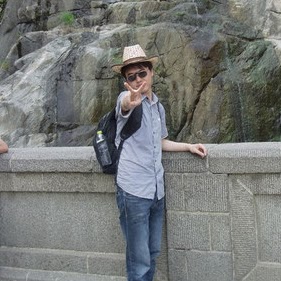
Ning Lu
Tagline:
Freedom is power
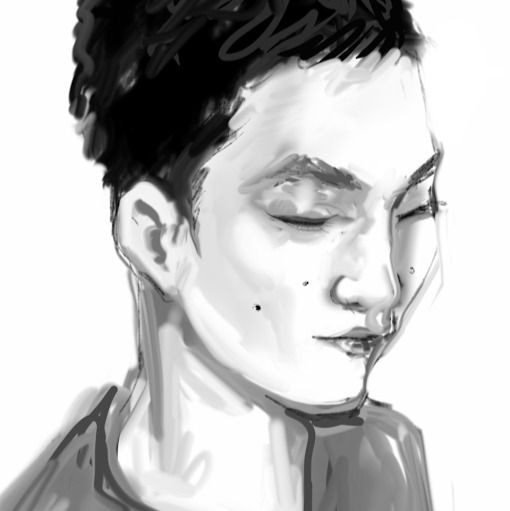
Ning Lu
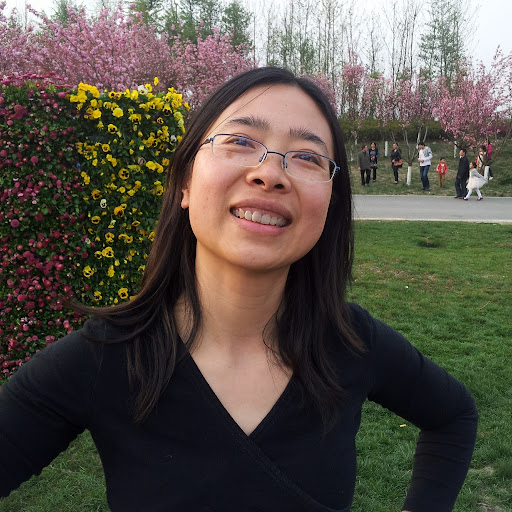
Ning Lu
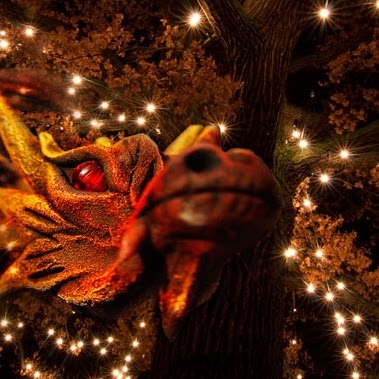
Ning Lu

Ning Lu
Flickr
Plaxo

Jian Ning Lu
view sourceHangzhou, Zhajiang, ChinaChairman at Hangzhou Hydro Engineering

Ning Lu
view sourceTangible Software

Lu Ning
view sourceShenyang, Liaoning,, China
Classmates

Ning Lu
view sourceSchools:
North Johnson City Junior High School Johnson City TN 1996-1998
Community:
Tammi Brode, Hayne Rucker, Ronald Laws

North Johnson City Junior...
view sourceGraduates:
Ning Lu (1996-1998),
Robert Wooldridge (1976-1980),
Charles Love Jr (1964-1968),
Bobby Thompson (1941-1945)
Robert Wooldridge (1976-1980),
Charles Love Jr (1964-1968),
Bobby Thompson (1941-1945)

John Dewey High School, B...
view sourceGraduates:
Davena Griffin (1995-1997),
Lynda Turell (1976-1979),
Sasha Carpio (1993-1998),
Ning Ning Lu (1997-2001),
Marlene Amaro (1981-1984)
Lynda Turell (1976-1979),
Sasha Carpio (1993-1998),
Ning Ning Lu (1997-2001),
Marlene Amaro (1981-1984)

Los Altos High School, Ha...
view sourceGraduates:
Ning Lu (1998-2002),
Eddie Lopez (1990-1992),
J Gunn (1990-1994),
Deborah Ritchey (1960-1964),
Judy Huth (1972-1976),
Brad Smith (1985-1989)
Eddie Lopez (1990-1992),
J Gunn (1990-1994),
Deborah Ritchey (1960-1964),
Judy Huth (1972-1976),
Brad Smith (1985-1989)

Arizona Automotive Instit...
view sourceGraduates:
Lu Ning (2000-2004),
Keith Negron (1980-1982),
Kenley Fritts (1983-1984),
Steve Freschi (1985-1986)
Keith Negron (1980-1982),
Kenley Fritts (1983-1984),
Steve Freschi (1985-1986)

Northern University, Ceda...
view sourceGraduates:
Lu Ning (2001-2005),
Elizabeth Smith (1992-1996),
Jenny Gorsuch (1971-1975),
Glee Nordquist (1992-1996)
Elizabeth Smith (1992-1996),
Jenny Gorsuch (1971-1975),
Glee Nordquist (1992-1996)
Youtube

Ning Lu Hawaii HI
view sourceNing Lu (Hawaii, HI)

Ning Lu
view source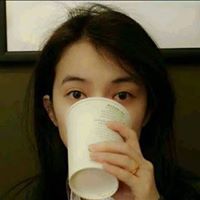
Ning Lu
view source
Ning Lu
view source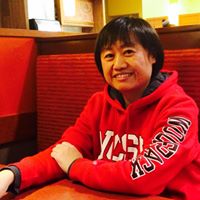
Ning Lu
view source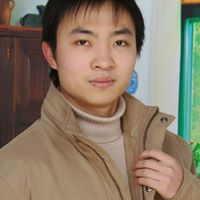
Ning Lu
view source
Ning Lu China
view source
Max Ning Lu
view sourceFriends:
Julic Love, Paul Tu, Yudao Zhang, Fionna Wu, Landy Hou, Todd Ho
Get Report for Ning E Lu from Essex Junction, VT, age ~63














